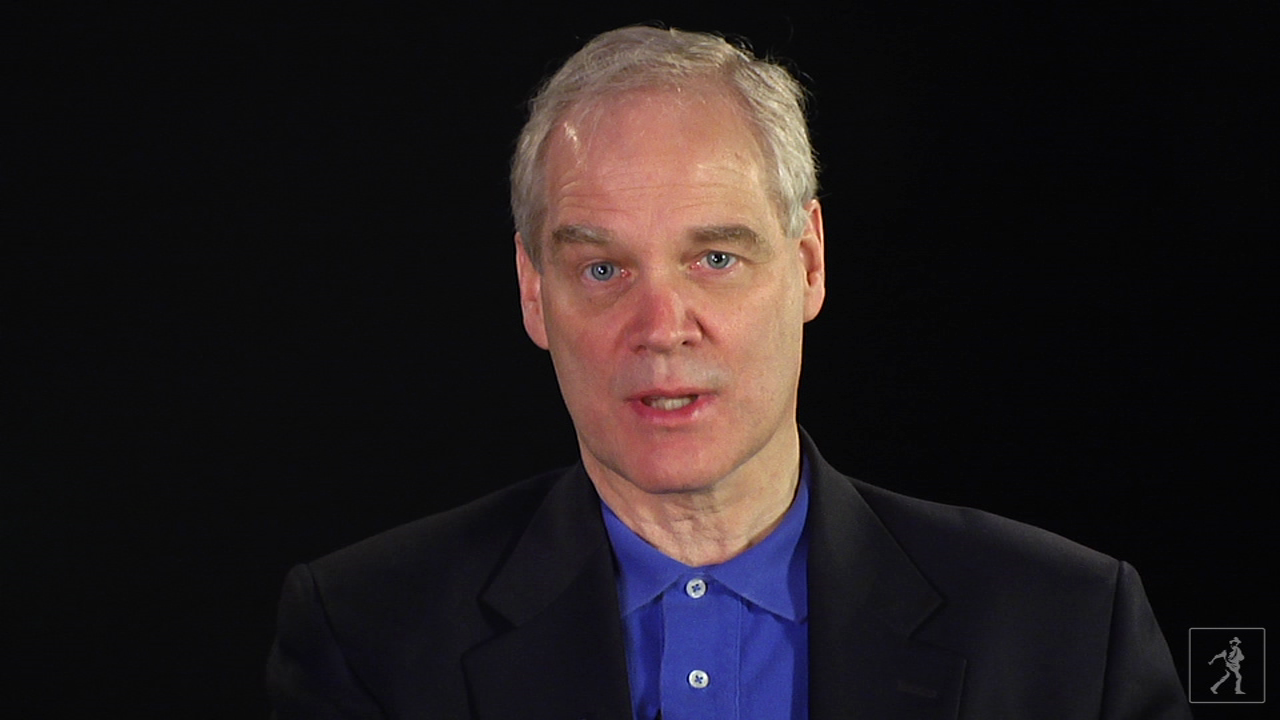Get our latest book recommendations, author news, and competitions right to your inbox.
Table of Contents
About The Book
Greg Kenton has two obsessions -- making money and his long-standing competition with his annoying neighbor, Maura Shaw. So when Greg discovers that Maura is cutting into his booming Chunky Comics business with her own original illustrated minibooks, he's ready to declare war.
The problem is, Greg has to admit that Maura's books are good, and soon the longtime enemies become unlikely business partners. But their budding partnership is threatened when the principal bans the sale of their comics in school. Suddenly, the two former rivals find themselves united against an adversary tougher than they ever were to each other. Will their enterprise -- and their friendship -- prevail?
Reading Group Guide
Join our mailing list! Get our latest book recommendations, author news, and competitions right to your inbox.
What is Greg's greatest talent? How does he earn money? Do you like to earn money? How do you earn money? What do you do with your money?
In Chapter 2, what discovery does Greg make about quarters? What happens when he tries to sell candy and toys at school? Is Principal Davenport correct in her actions? Explain your answer.
What does Greg sell at the beginning of sixth grade? Describe how he learned to create this product over the summer. Would you have been willing to work so hard to make something to sell? What does this tell you about Greg?
What competition do Chunky Comics face? Who creates the competition? Describe the relationship between these characters in the first half of the novel.
What does Mr. Z like about numbers? What happens when he sees Maura give Greg a bloody nose? How does Mr. Z feel about Greg's situation? What role does math play in his analysis?
When they finally have a serious discussion about comics, what does Greg realize about Maura? What does Maura realize about Greg? How does Mr. Z analyze Greg's claim that Maura "stole" his idea? What happens when the two sixth graders begin to work together?
How did Mr. Z choose his job? What do Mr. Z's comments about wealth and careers make Greg wonder about his get-rich goal?
Why does Mrs. Davenport call comic books "practically toys, and bad toys at that"? Is she correct to extend her selling ban to comic books?
Why is Chapter 16 entitled "Art and Money"? Compare and contrast Maura's goal in creating comic books with Greg's. Which character thinks most like you?
What do Maura and Greg realize about things being sold at school? What case do they make to the school committee? What is Mrs. Davenport's opposing argument?
How is the Chunky Comics problem resolved at Ashworth Intermediate? Is this a good solution? Would you participate in such a venture at your school? What might you call your store or website? What ideas might you bring to the project?
Is getting rich a primary goal for you? Why or why not? What future goals are important to you? If you had a lot of money, how would you choose to spend it?
Activities and Research
At the library or online, find several definitions for money. Individually, or with friends or classmates, make a list of synonyms for, words related to, and phrases incorporating the word "money." Are your lists long or short? Were they difficult to brainstorm, or quick and easy? Why do you think this is the case?
Review the moments in the story where Greg and Maura compete to make money. Have you ever been in a similar contest? What was the result? Write a short story in which you find yourself up against another kid in a money-making venture.
Make your own comic book. In addition to the information provided in the novel, consult Understanding Comics by Scott McCloud or So, You Wanna Be a Comic Book Artist? by Philip Amara. Share your comic with family members or friends.
Study selling. Individually or in groups, list corporate logos, promotions, and other types of selling you see at school. Note the number of commercials in an hour of television. Keep a journal of corporate sales efforts at your local library, on sports fields, or elsewhere in your community. Display your observations on an informative poster. Discuss or write about how all this selling makes you feel. Is it okay with you? Why or not? How might things change for the better?
Imagine Greg and Maura have asked for your help with their school committee presentation. Use PowerPoint or another computer program to create a presentation based on the arguments made in the novel, adding suggestions and ideas of your own. Give your presentation to friends or classmates.
Assign roles of school committee members, administrators, and parents to your classmates or friends. Then improvise the conversation after Greg and Maura have left the school committee meeting. What points do members feel the kids made? Why do comic sales still pose a school problem? What about future sales proposals from other kids or schools? How do parents feel about this dilemma? How can a principal keep money-making from getting out of hand? Based on your improvisation, write an additional chapter to add to Lunch Money.
Imagine you are Greg or Maura near the end of the story. In the character of Greg, write a journal entry about your changing attitudes toward making money. Or, in the character of Maura, write a journal entry about your changing reasons for making comics.
Write a newspaper article about the success of Chunky Comics two years later. What has happened to Greg and Maura? How have their dreams changed? Upon what new adventures have they embarked?
Do you have a great idea for something to make and sell? Write a plan, including a sketch of your product, its name, and how you will sell it. What will your product cost to make, for how much will you sell it, and what profit do you hope to earn? What will you do with your earnings?
About The Illustrator
Brian Selznick is the author and illustrator of the bestselling The Invention of Hugo Cabret, which was awarded the Caldecott Medal and was a National Book Award finalist. He is also the illustrator of many books for children, including Frindle and Lunch Money by Andrew Clements, as well as the Doll People trilogy by Ann M. Martin and Laura Godwin, and The Dinosaurs of Waterhouse Hawkins by Barbara Kerley, which was a Caldecott Honor Book. Mr. Selznick divides his time between Brooklyn, New York, and San Diego, California.
Product Details
- Publisher: Atheneum Books for Young Readers (April 17, 2012)
- Length: 240 pages
- ISBN13: 9781442462199
- Ages: 8 - 12
Browse Related Books
Raves and Reviews
"This hits the jackpot."
-- Kirkus Reviews
"The characters are rich with interesting quirks and motivations...fast-paced and humorous."
-- School Library Journal
Awards and Honors
- Maud Hart Lovelace Award Nominee (MN)
- CBC/NCSS Notable Social Studies Trade Book
- Bank Street Best Books of the Year
- Kansas NEA Reading Circle List Starred Intermediate Title
- Grand Canyon Reader Award Nominee (AZ)
- Pennsylvania Young Reader's Choice Award Master List
- Golden Archer Award Nominee (WI)
- Nene Award Nominee (HI)
- Garden State Children's Book Award (NJ)
- Charlie May Simon Honor Book (AR)
Resources and Downloads
High Resolution Images
- Book Cover Image (jpg): Lunch Money eBook 9781442462199
- Author Photo (jpg): Andrew Clements Photo Credit:(0.1 MB)
Any use of an author photo must include its respective photo credit

























